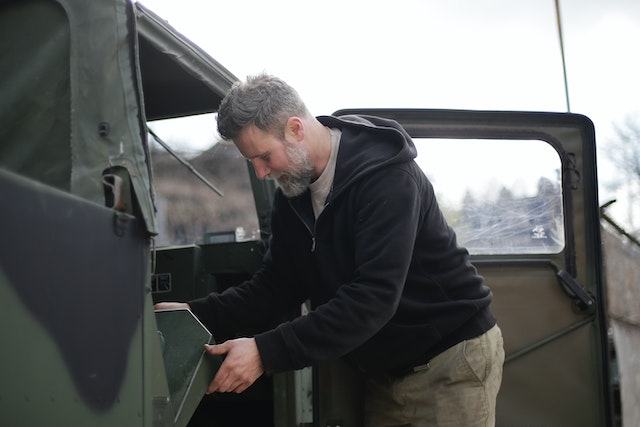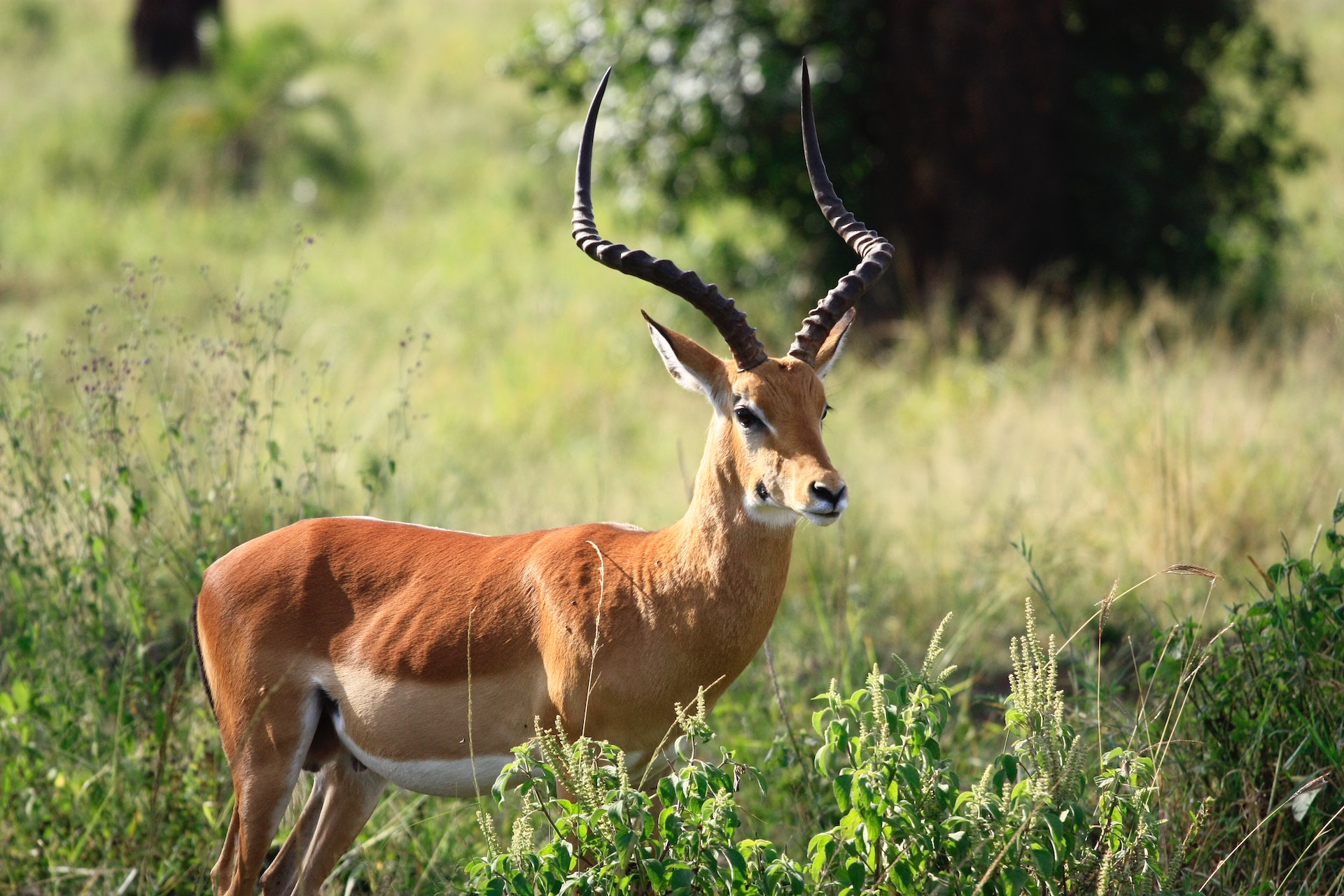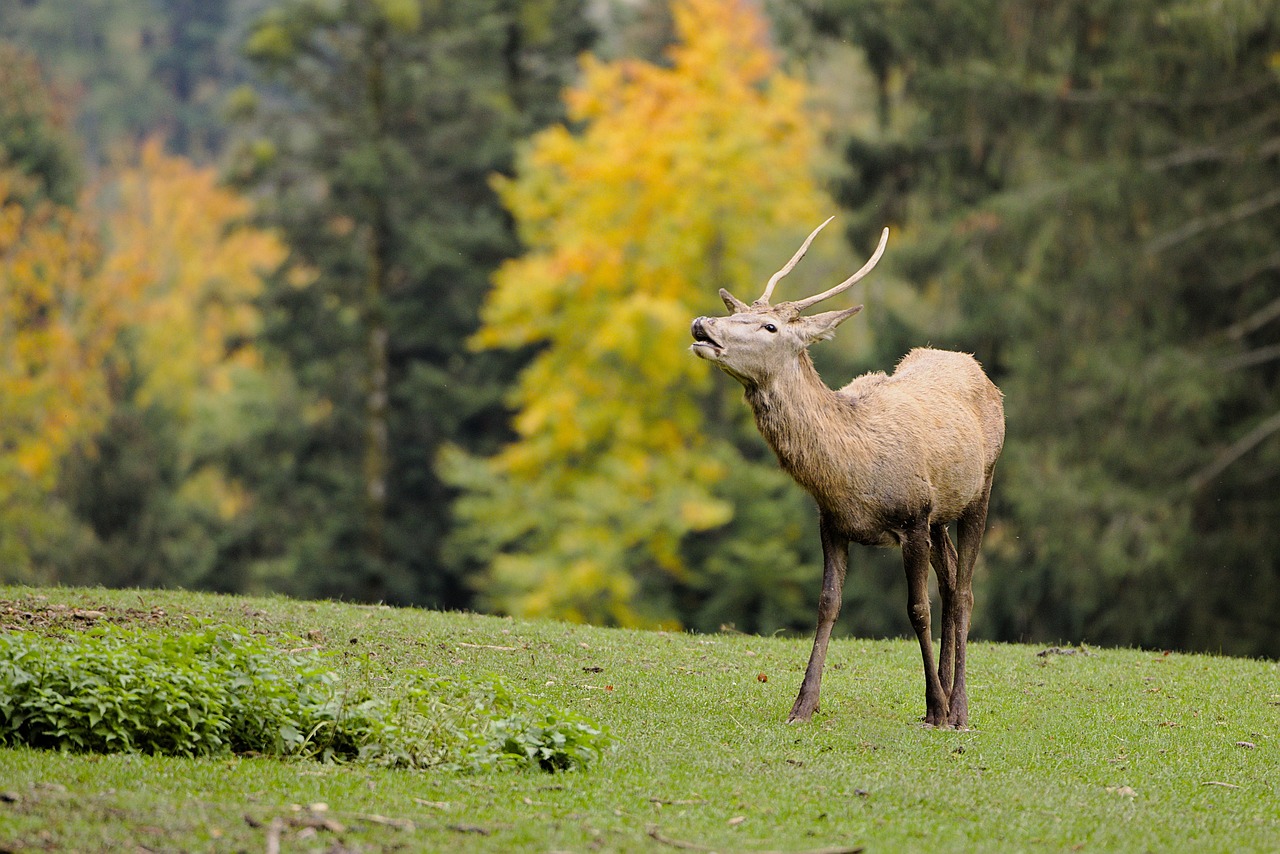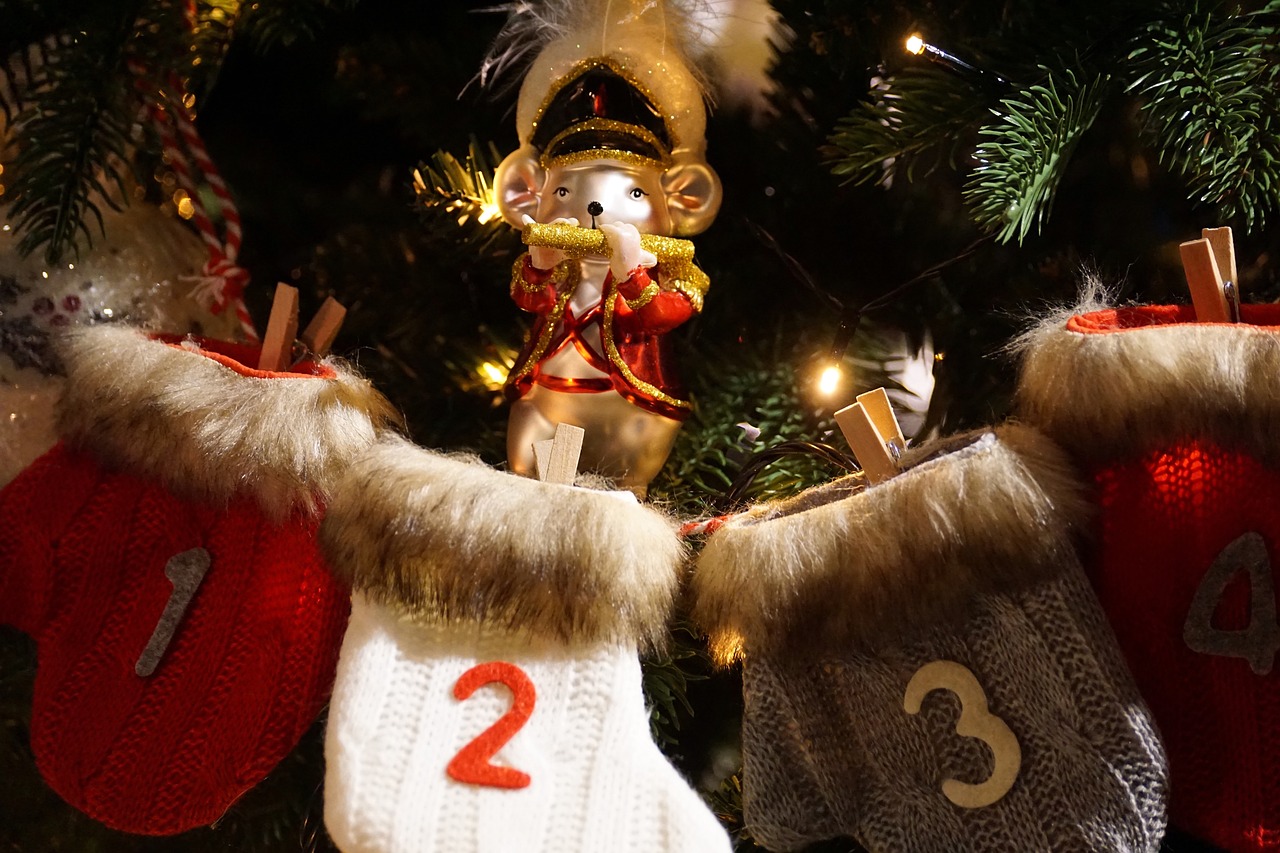A Vehicle Technical Vehicle Inspector is a professional who inspects vehicles for safety and road-worthiness. They may perform various tests on a vehicle to assess its condition. If a VTVP has not yet checked your vehicle, visit a VTVP site now and click on ver mi turno vtv to get an appointment. This blog post will discuss the most common types of tests a VTVP may perform on a vehicle.
Safety Tests
In Buenos Aires, vehicle safety inspections (VTV) are mandatory for all vehicles. The purpose of these tests is to identify vehicles that may be unsafe to operate on the road. VTVPs (vehicle testing and inspection personnel) are trained to conduct these inspections and will typically test for the following:
- Tire condition and tread depth: bald or worn tires can be dangerous, especially in wet or icy conditions. VTVPs will check the condition of your tires and measure the tread depth to ensure they meet minimum safety standards.
- Brake function: brakes must be in good working order to stop a vehicle safely. VTVPs will test your brakes to see if they are responding properly.
- Suspension and steering: these components play an important role in how a vehicle handles. VTVPs will check for worn or damaged parts that could affect how your vehicle drives.
- Lights and reflectors: all lights and reflectors must be in working order so that other drivers can see you. VTVPs will check your vehicle’s lights and reflectors to ensure they are working properly.
- Windshield and mirrors: a cracked or broken mirror can impair your vision while driving. VTVPs will inspect your windshield and mirrors to ensure they are in good condition.
Compliance Tests
The VTVP may perform compliance tests on a vehicle to ensure it meets all the necessary standards and regulations. These tests usually involve checking the vehicle’s emissions levels, safety features, and other aspects.
Performance Tests
In addition to compliance testing, the VTVP may also conduct performance tests on a vehicle. These tests are meant to assess how well the vehicle performs under different conditions and scenarios. During these performance tests, the VTVP may test a vehicle’s acceleration, braking, handling, and other factors.
Durability Tests
Durability testing is another type of test that the VTVP may perform on a vehicle. These tests are designed to see how well a vehicle can withstand different types of wear and tear. During durability testing, the VTVP may subject a vehicle to extreme temperatures, vibration, and other conditions. As a motorist, knowing the different tests that a VTVP may perform on your vehicle is important. By knowing what to expect, you can ensure that your car complies with state safety regulations and avoid costly fines or penalties. Remember, if you have questions about the testing process or need assistance getting your vehicle ready for inspection, don’t hesitate to contact your nearest VTVP.







 To begin your knitting journey, you’ll need a few essential supplies. First and foremost, you’ll need a pair of knitting needles. These come in different sizes and materials, so it’s worth experimenting to find what feels most comfortable for you. Many beginners start with medium-sized straight needles made from bamboo or plastic. Next, you’ll need some yarn. The type of yarn will depend on the project you have in mind. Thinner yarn is generally used for intricate patterns and delicate garments, while thicker yarn is great for cozy scarves and blankets.
To begin your knitting journey, you’ll need a few essential supplies. First and foremost, you’ll need a pair of knitting needles. These come in different sizes and materials, so it’s worth experimenting to find what feels most comfortable for you. Many beginners start with medium-sized straight needles made from bamboo or plastic. Next, you’ll need some yarn. The type of yarn will depend on the project you have in mind. Thinner yarn is generally used for intricate patterns and delicate garments, while thicker yarn is great for cozy scarves and blankets. When it comes to knitting, learning to read patterns is a crucial skill that will take your knitting game to the next level. Patterns are like roadmaps that guide you through each stitch and help you create beautiful knitted pieces. But if you’re new to knitting, they can seem overwhelming at first. Don’t worry – with a little practice and patience, you’ll soon be deciphering those mysterious lines of abbreviations and symbols. The key to understanding patterns is familiarizing yourself with the terminology used in knitting patterns.
When it comes to knitting, learning to read patterns is a crucial skill that will take your knitting game to the next level. Patterns are like roadmaps that guide you through each stitch and help you create beautiful knitted pieces. But if you’re new to knitting, they can seem overwhelming at first. Don’t worry – with a little practice and patience, you’ll soon be deciphering those mysterious lines of abbreviations and symbols. The key to understanding patterns is familiarizing yourself with the terminology used in knitting patterns.